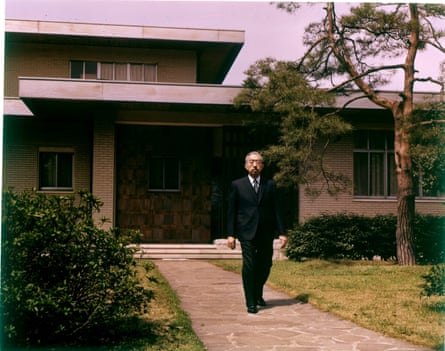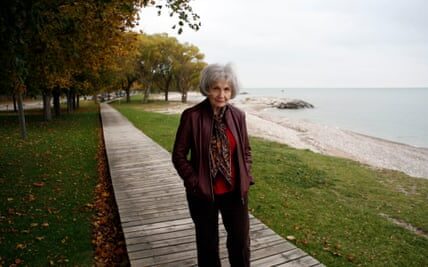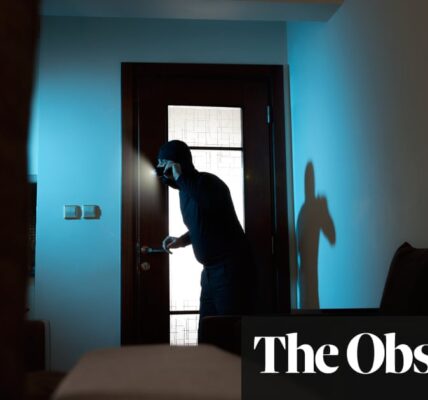E
Every lawyer, politician, and historian in Europe and America is familiar with the Nuremberg trial, where surviving Nazi leaders were prosecuted after World War II. However, not many people remember the Tokyo trial, which took place between 1946 and 1948 and involved the surviving Japanese leadership. Despite lasting for more than two years and producing a large amount of documents, the Tokyo trial is overshadowed by the much shorter Nuremberg trial, which lasted only 11 months and resulted in convictions for all defendants. The judges in Tokyo hoped to build upon the achievements of Nuremberg and establish a stronger foundation for international law. However, the only notable memory of the Tokyo trial is the dissenting opinion of the Indian judge, Radhabinod Pal, who rejected the tribunal and its evidence. Unfortunately, his extreme views continue to be embraced by Japanese nationalists today.
Pal was not the sole dissenting judge in the trial. The majority decision, which resulted in seven of the 28 defendants being executed, was tenuous as it was formed by a coalition of the Australian court president William Webb, known for his short temper, and the “British and Commonwealth bloc” of judges. The prosecution team was led by a blundering American alcoholic, Joseph Keenan, whose performance caused embarrassment. His British deputy, the “brainy” hardliner Arthur Comyns Carr, was frustrated with having to handle Keenan’s drunken behavior. The defense attorneys were a mix of underprepared Japanese lawyers and Americans who were brought in to compensate for their lack of fluency in English. The Soviet judge, following typical Russian protocol, treated the defense as if they were also defendants and chastised them as propagandists for fascist imperialism. At times, the trial was on the verge of chaos as judges and prosecutors bickered, and the Scottish judge, William Patrick, lamented over the “long collieshangie” (Scots dictionary: “noisy dispute, uproar, a dog-fight”). When the British bloc suggested removing Webb and Keenan from their positions, they were met with opposition from General Douglas MacArthur, supreme commander in Japan, who vehemently opposed their plan as he saw it as a treacherous attempt to betray their colleague.
MacArthur had complete control over Japan after its surrender, unlike any other American who had control over Germany after its surrender. This was due to the different ways in which each country’s war ended. While Nazi Germany was defeated in battle, Japan surrendered after the atomic bombings of Hiroshima and Nagasaki. The terms of the surrender allowed for certain Japanese institutions, such as the position of Emperor Hirohito, to remain intact, but also required punishment for war criminals. MacArthur took charge of this by ordering arrests and establishing the International Military Tribunal. He also implemented liberal reforms, as described by Gary Bass, which included allowing freedoms of speech and organization, granting rights to women, and abolishing the state Shinto cult.
MacArthur initially wanted a quick trial solely focused on Japan’s attack on Pearl Harbor and the American casualties being seen as victims of murder. However, President Truman expanded the scope of the tribunal to include an international investigation of aggressive war and Japan’s atrocities against humanity. The prosecution covered events starting from Japan’s invasion of Manchuria in 1931 and the 14-year-long war with China, including the Nanjing massacre. It then moved on to the Pacific war that began with the attack on Pearl Harbor on December 7, 1941.
However, almost immediately, doubts arose about the court’s legitimacy. In July 1945, the victorious allies released the Potsdam Declaration, described by Bass as “one of the harshest statements ever made by a democratic government”. The declaration demanded complete disarmament, the removal of expansionist Japanese leaders who aimed for world conquest, and the dissolution of the empire. Otherwise, they threatened to destroy the Japanese military and devastate the country. At the time, America’s possession of the atomic bomb was still secret. The court’s decision to classify planning and launching aggressive war as a crime was based on the question of whether Potsdam was a sufficient justification. Some members of the court referenced the 1928 Kellogg-Briand Pact, which outlawed war but did not clearly define aggression as a criminal act. The French judge argued for “natural law” and “universal conscience” as alternative bases. Ultimately, the judges were unable to agree on how to define their authority to try individuals for crimes against peace or humanity. The majority chose to avoid the issue and hope for the best.
The Japanese response to the accusations of aggressive warfare was that they had engaged in self-defense. They argued that their invasion of China was necessary to prevent the spread of communism from the Soviet Union. Bass points out that the trial took place during the first Berlin confrontation of the Cold War, which had not yet fully developed. Additionally, the defense argued that Japan’s attack on Pearl Harbor and other territories was also a defensive measure. They claimed that Japan was surrounded by hostile powers and was facing economic and strategic strangulation, and that international law allowed a state to take military action to prevent its own destruction. Japan, lacking its own oil resources, had been importing petroleum from Burma, the Dutch empire, and the US. However, when Japanese forces entered southern Indochina in July 1941, the US imposed a trade boycott and oil embargo. Tojo Hideki, who had become premier, warned that Japan would run out of oil within two years and be unable to sustain its military operations. In secret, the Japanese leadership saw war with the US as the only way to ensure their country’s survival. Tensions rose until on November 26th, Cordell Hull, the US secretary of state, sent a note demanding that Japan withdraw from China and Indochina and break its treaty with Germany and Italy as a condition for lifting the embargo. Some saw this note as a declaration of war by the US, accusing them of provoking Japan into taking action. However, it was later discovered that Japan’s battle fleet had already set out for Pearl Harbor on the same day that the note was delivered.

A second false argument suggested that the Pacific War was a Japanese effort to free Asia from European colonialism. However, Bass reveals that Japan’s “Greater East Asia Co-Prosperity Sphere” in the conquered territories was a disguise for merciless exploitation. Additionally, the majority of victims of Japanese atrocities were not European colonizers, but rather Asian farmers. During the trial, accused leaders and commanders denied giving orders or having knowledge of these massacres and acts of torture. Evidence of mistreatment of allied prisoners of war was evident and often traced back to Tojo’s own instructions. However, the prosecution faced challenges in connecting these crimes to the defendants. Ultimately, they relied on “chain of command” convictions, holding leaders accountable for crimes within their jurisdiction regardless of their awareness of them.
Bass has authored an extensive and meticulously detailed book, always filled with lively opinions. He not only presents the legal arguments, but also paints a vivid picture of the grand tribunal itself: providing sharp character sketches of the main players, describing the stress experienced by the multinational judges who were confined to the Imperial hotel for months, and recounting the scene of Tojo Hideki and seven other elderly men being led to their deaths at Sugamo prison. Bass shows a warm understanding towards Togo Shigenori, the foreign minister who repeatedly argued for peace despite knowing Japan’s inevitable defeat (he ultimately died in prison). Additionally, Bass offers a fair portrayal of Radhabinod Pal’s “titanic” dissent, in which he alone pointed out the racism and hypocrisy at play in the trial. The same colonial empires that were accusing Japan of wrongdoing had engaged in similar actions themselves. Furthermore, some of the judging powers had previously initiated aggressive wars. Pal questioned why Japanese atrocities were deemed “crimes against humanity” while the American firebombing of Tokyo and use of atomic bombs on civilians were not considered as such. While Pal did attempt to excuse Japanese expansionism, he expressed clear horror at the atrocities committed (though his Japanese admirers today tend to omit these passages).
An absence loomed over the trial as many in Europe and America, including some of the judges, believed that Emperor Hirohito should have been held accountable for his actions during the war. However, due to the terms of the surrender, he was considered untouchable and MacArthur’s team instructed the lawyers to leave his role out of the proceedings. Not all of them followed this instruction, as some of the accused maintained that Emperor Hirohito played no part in their decisions, until Tojo’s statement revealed otherwise. In the following years, the emperor displayed a mixture of genuine remorse and ambiguity. When he heard the death sentences being announced on the radio, “the Imperial Palace only revealed that he sighed and appeared sorrowful.”
-
The book “Judgement at Tokyo: World War II on Trial and the Making of Modern Asia” by Gary J Bass is available for purchase at Picador for £30. To help the Guardian and Observer, you can order your copy at guardianbookshop.com. Additional charges may apply for delivery.
Source: theguardian.com


